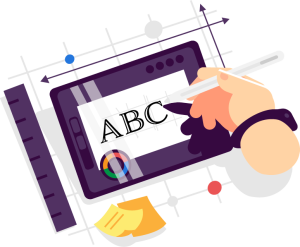Table of Contents
Graphic design is a creative discipline that involves combining text, images, and other visual elements to communicate a message or convey information. It is a broad field that encompasses a wide range of design disciplines, including typography, branding, editorial design, web design, user interface design, advertising, and packaging design.
The goal of graphic design is to use visual elements to create designs that are aesthetically pleasing, easy to understand, and effective in conveying the intended message. Graphic designers often work with clients to determine their needs and develop designs that meet those needs while also incorporating design principles such as balance, contrast, and color theory. They may use a variety of tools and technologies, such as graphic design software, to create their designs.
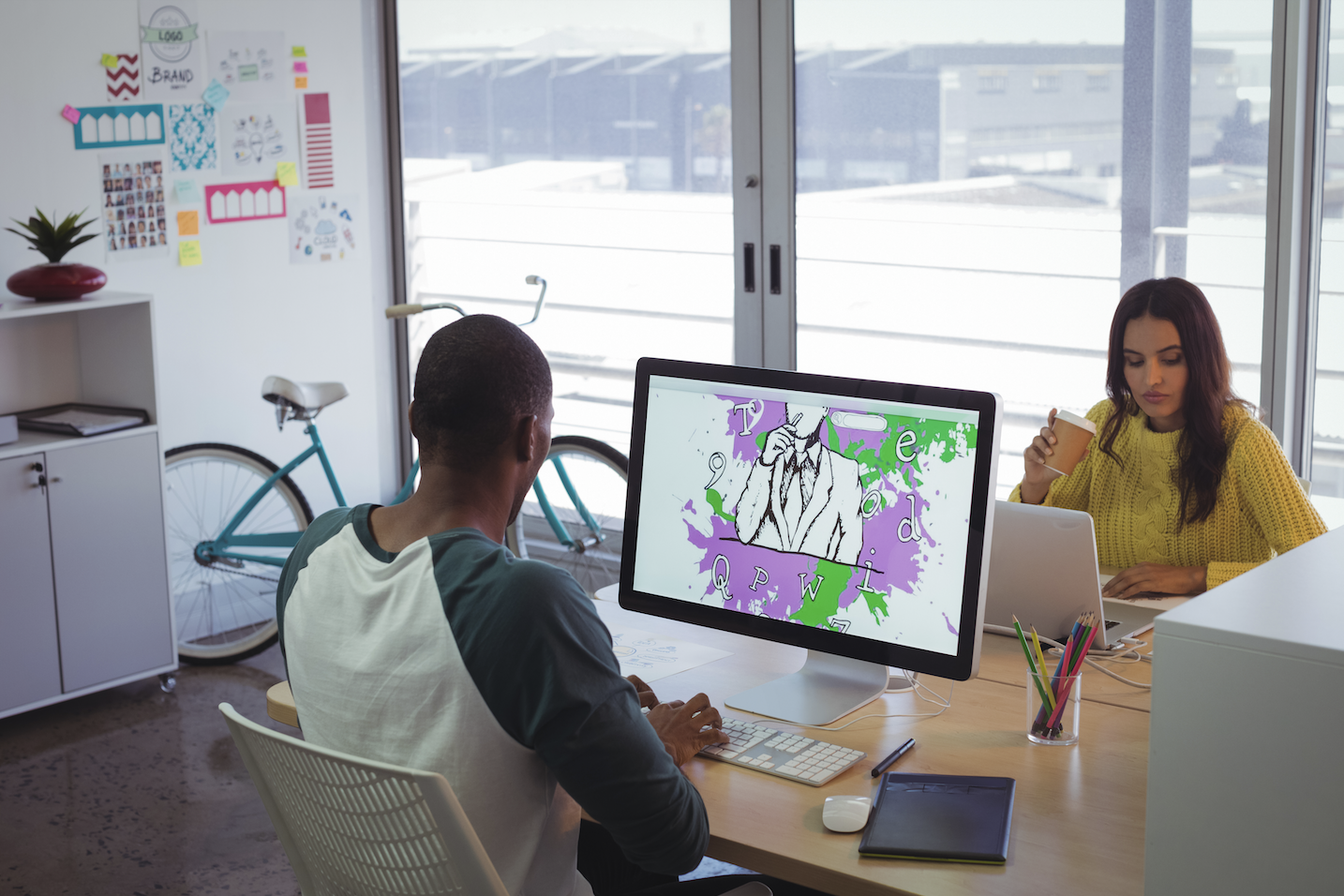
Branding & Identity Design
Branding and Identity Design is a type of graphic design that focuses on creating a visual identity for a company or organization. This involves designing a logo, creating a set of brand guidelines, and developing other visual elements that represent the brand. The goal of branding and identity design is to create a consistent and recognizable visual identity that helps to differentiate the brand from its competitors and resonates with the target audience.
The process of branding and identity design usually begins with research into the company’s values, mission, and target audience. This research helps the designer to develop a strategy for the brand identity, including the visual elements that will be used to represent the brand. The designer will then create sketches and concepts for the logo and other visual elements, refining the design until it meets the client’s needs and accurately represents the brand.
Once the logo and other brand assets are finalized, the designer will create a set of brand guidelines that outline how the visual elements should be used across all marketing materials. These guidelines may include rules for the use of color, typography, and imagery, as well as guidelines for the layout and design of marketing materials.
Overall, branding and identity design is a crucial aspect of marketing and building a successful brand, as it helps to create a strong and memorable visual identity that resonates with the target audience.
Print Design
Print design is a type of graphic design that involves creating visual designs for print media. Print design includes a wide range of design work, such as business cards, brochures, flyers, posters, packaging, magazines, and book covers. The goal of print design is to create visually appealing and effective designs that convey information and captivate the audience.
The process of print design typically involves working closely with a client to determine their needs and develop a design that meets those needs. The designer will begin by creating sketches and concepts for the design, using typography, color, and imagery to create a visually appealing and effective layout. Once the client approves the design, the designer will create the final artwork using specialized software.
Print designers must be knowledgeable about printing techniques, such as paper types, ink, and printing processes, to ensure that the final product looks the way it was intended. They must also be familiar with file formats and color management to ensure that the design is optimized for printing.
Print design remains an important aspect of marketing and advertising, even in the digital age. While many marketing efforts have shifted to digital channels, print materials still play a crucial role in many industries and can be an effective way to reach a target audience.
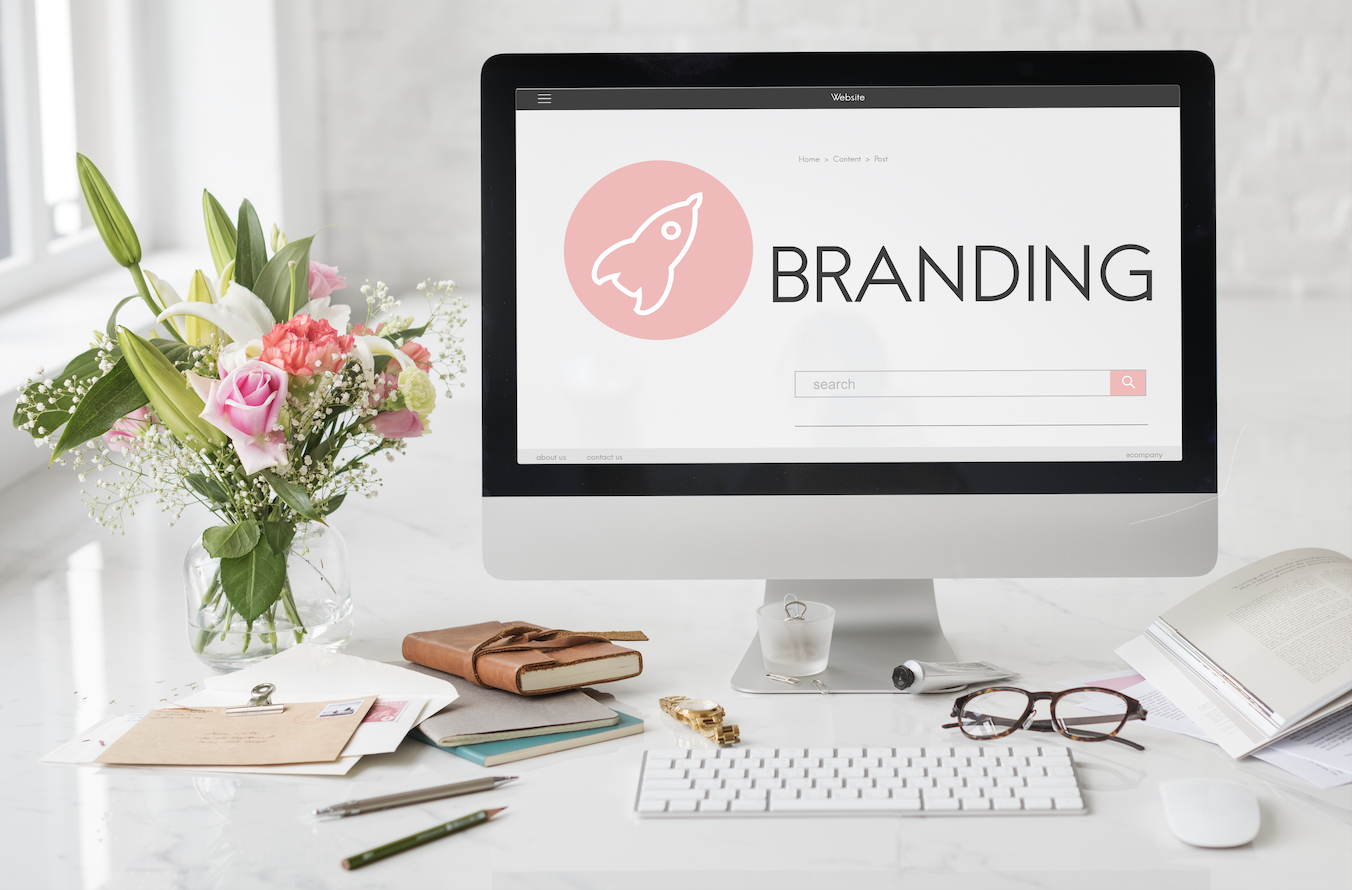

Web Design
Web design is a type of graphic design that focuses on creating visual designs for websites and other digital interfaces. Web design includes a wide range of design elements, such as layout, typography, color, imagery, and interactive elements. The goal of web design is to create visually appealing and user-friendly websites that effectively communicate information and engage the audience.
The process of web design typically begins with research into the target audience and the client’s goals for the website. The designer will create sketches and concepts for the design, using wireframes to determine the layout and structure of the site. The designer will then create the visual design using specialized software and may work with a web developer to ensure that the site is optimized for web use.
Web designers must be knowledgeable about web design principles, such as responsive design, user interface design, and web accessibility. They must also be familiar with web design technologies, such as HTML, CSS, and JavaScript, to ensure that the design can be properly implemented on the web.
Web design is an essential aspect of digital marketing, as a well-designed website can help a business to stand out from its competitors and effectively communicate its brand and offerings to potential customers. A well-designed website can also improve the user experience and encourage visitors to stay on the site longer and engage with the content.
User Interface (UI) Design
User Interface (UI) Design is a type of graphic design that focuses on designing the visual interface that users interact with in digital products and services, such as websites, mobile apps, and software applications. UI design involves creating the layout, typography, color scheme, imagery, and interactive elements that make up the visual interface.
The goal of UI design is to create a user-friendly and intuitive interface that enables users to complete tasks quickly and efficiently. UI designers must consider the user’s experience and design the interface in a way that is easy to navigate and understand.
The process of UI design typically involves conducting user research and gathering feedback to understand user behavior and preferences. Based on this research, the designer will create wireframes and mockups to establish the layout and structure of the interface. Once the client approves the design, the designer will create the final design using specialized software.
UI designers must be knowledgeable about user experience design principles and have a good understanding of how users interact with digital interfaces. They must also be familiar with design software and be able to code in HTML, CSS, and JavaScript.
UI design is a critical aspect of digital marketing and is essential for businesses that want to engage with their customers through digital channels. A well-designed UI can help to improve the user experience, increase customer engagement, and ultimately drive business growth.
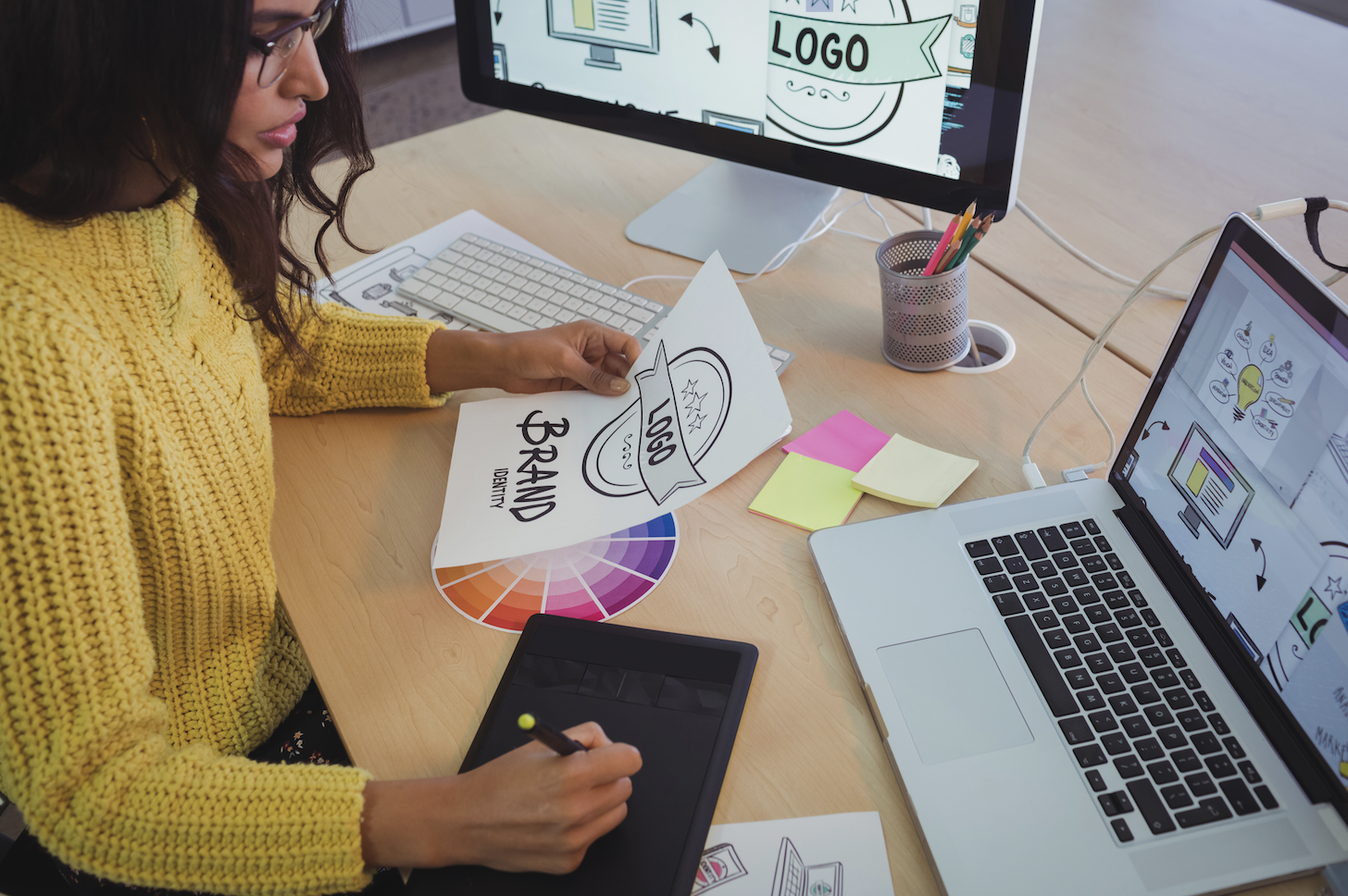

Packaging Design
Packaging design is a type of graphic design that focuses on creating the visual design for product packaging. Packaging design includes creating the structure, layout, typography, and imagery that make up the visual appearance of a product’s packaging. The goal of packaging design is to create packaging that is visually appealing, informative, and functional, and that effectively communicates the brand and product information to the target audience.
The process of packaging design typically involves working closely with the client to determine their needs and preferences for the packaging design. The designer will create sketches and concepts for the design, taking into consideration the product’s shape, size, and other physical attributes. Once the client approves the design, the designer will create the final artwork using specialized software.
Packaging designers must be knowledgeable about printing techniques, such as paper types, ink, and printing processes, to ensure that the final product looks the way it was intended. They must also be familiar with regulations and standards for packaging design, such as FDA requirements for food and pharmaceutical packaging.
Packaging design is an important aspect of marketing and advertising, as it is often the first interaction that a customer has with a product. A well-designed package can help a product to stand out on store shelves and effectively communicate the brand and product information to potential customers.
Typography Design
Typography design is a type of graphic design that focuses on the design of typography, or the art and technique of arranging type to make written language legible, readable, and appealing when displayed. Typography design includes selecting and arranging fonts, as well as determining the layout, spacing, and overall visual appearance of the type.
The goal of typography design is to create a visual hierarchy that guides the reader’s eye and communicates the intended message effectively. Typography designers must consider factors such as the type of content, the audience, and the medium in which the typography will be displayed.
The process of typography design typically begins with the selection of appropriate typefaces and establishing a hierarchy of text elements. The designer will then create mockups and make adjustments to the layout and spacing to achieve the desired visual effect. Once the design is complete, it will be incorporated into the overall graphic design of the project.
Typography designers must have a strong understanding of typography principles, such as legibility, readability, and visual hierarchy. They must also have an eye for design and be able to balance form and function to create visually appealing and effective typography.
Typography design is an essential aspect of graphic design, and is used in a wide range of applications, from print design to web design to branding and identity design. Effective typography can help to enhance the impact of a message and improve the overall effectiveness of the design.
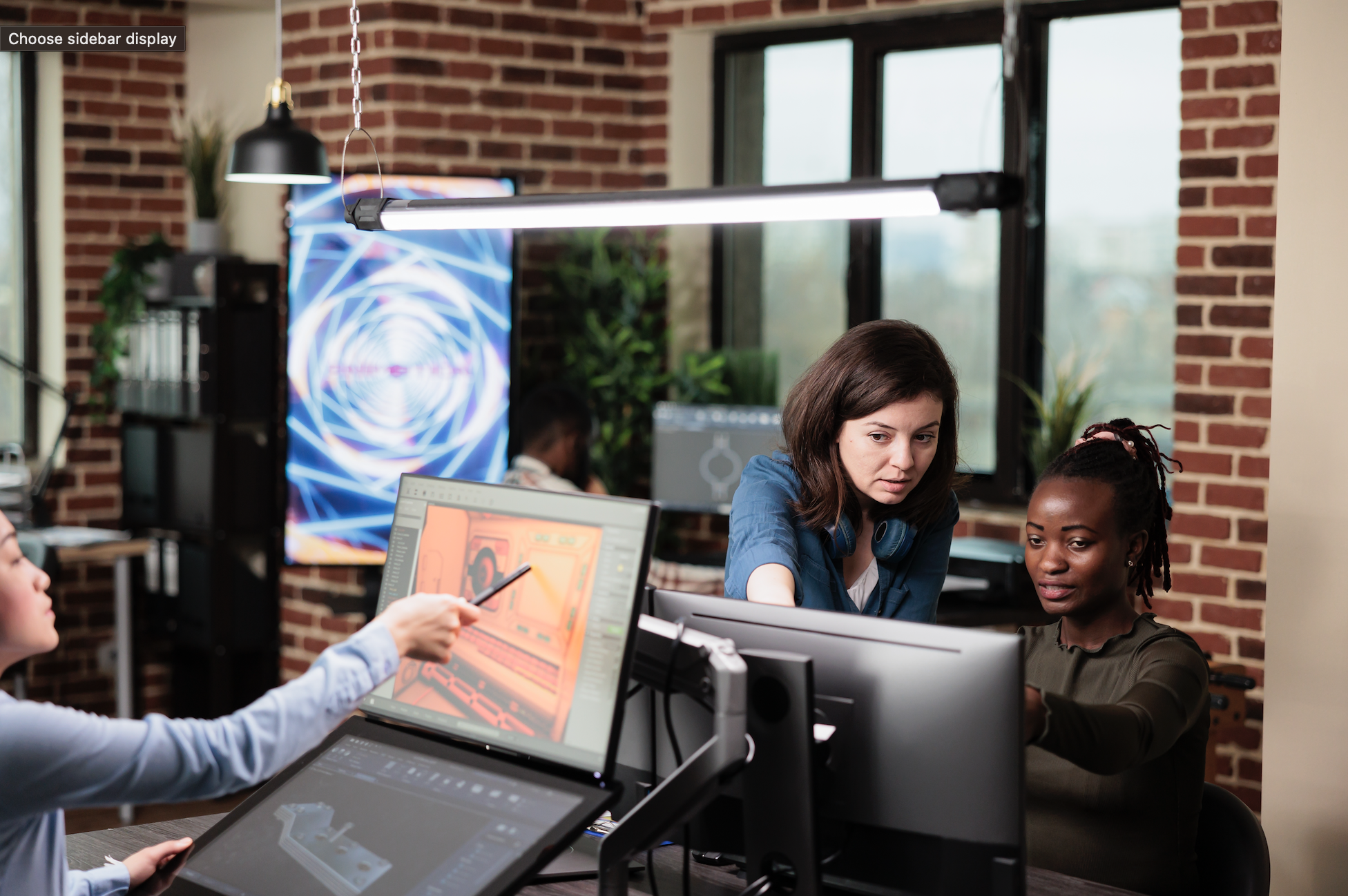

Conclusion
The goal of graphic design is to effectively communicate a message or idea through visual elements such as typography, imagery, color, and layout. The ultimate objective of graphic design is to create a design that engages and inspires the intended audience, while also fulfilling the specific needs and objectives of the client or organization.



